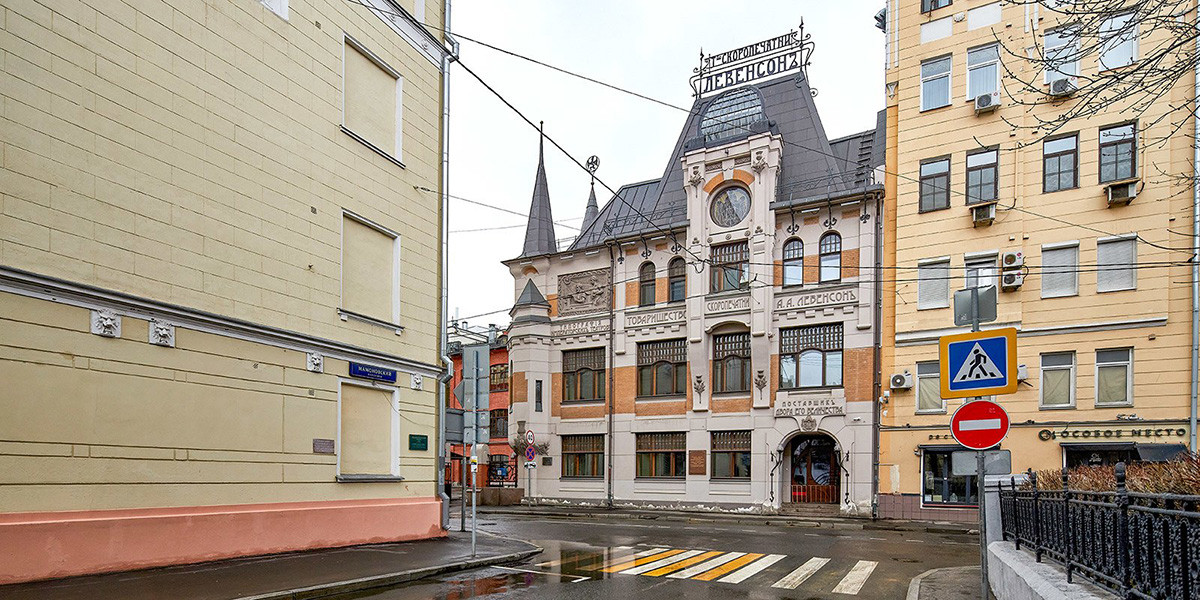7 MOST extravagant houses of 19th century Moscow
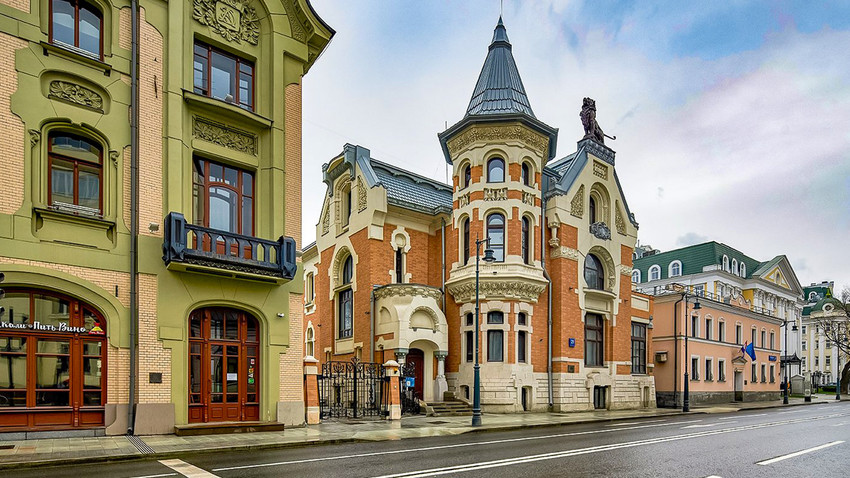
1. The Levenson House, Trekhprudnyi Lane, 9

The lantern above the Levenson House
Maxim Denisov/mos.ruThis house, designed by architect Fyodor Shekhtel, was built for Alexander Levenson, the proprietor of a famous Moscow typography, in 1900. The house had space for printing machines, as well as living premises. The highlight of the house is a fascinating roof lantern. Recently, the house was scientifically restored and is now for sale. The 1,000-sq.m. building’s price tag is 1.1 billion rubles (approx. $14.4 mln).
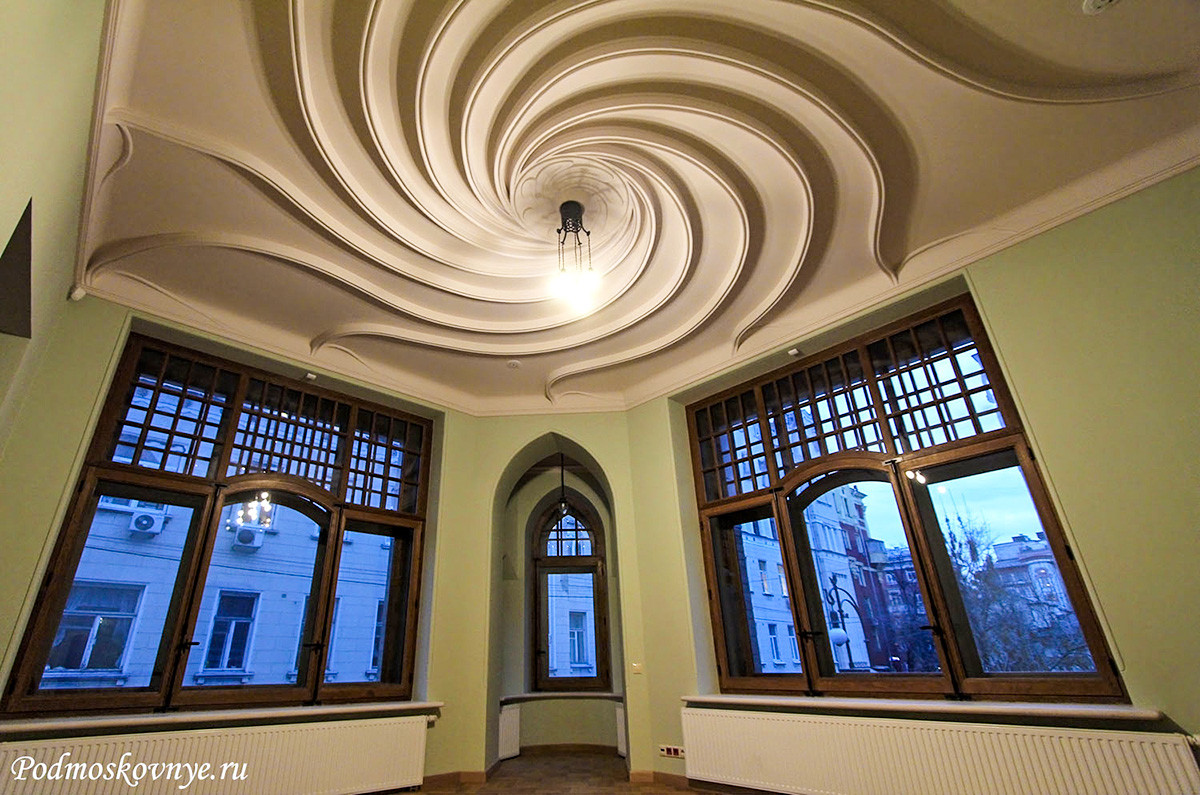
The interior of the Levenson House
Darina Fedorova-Zemlyanskaya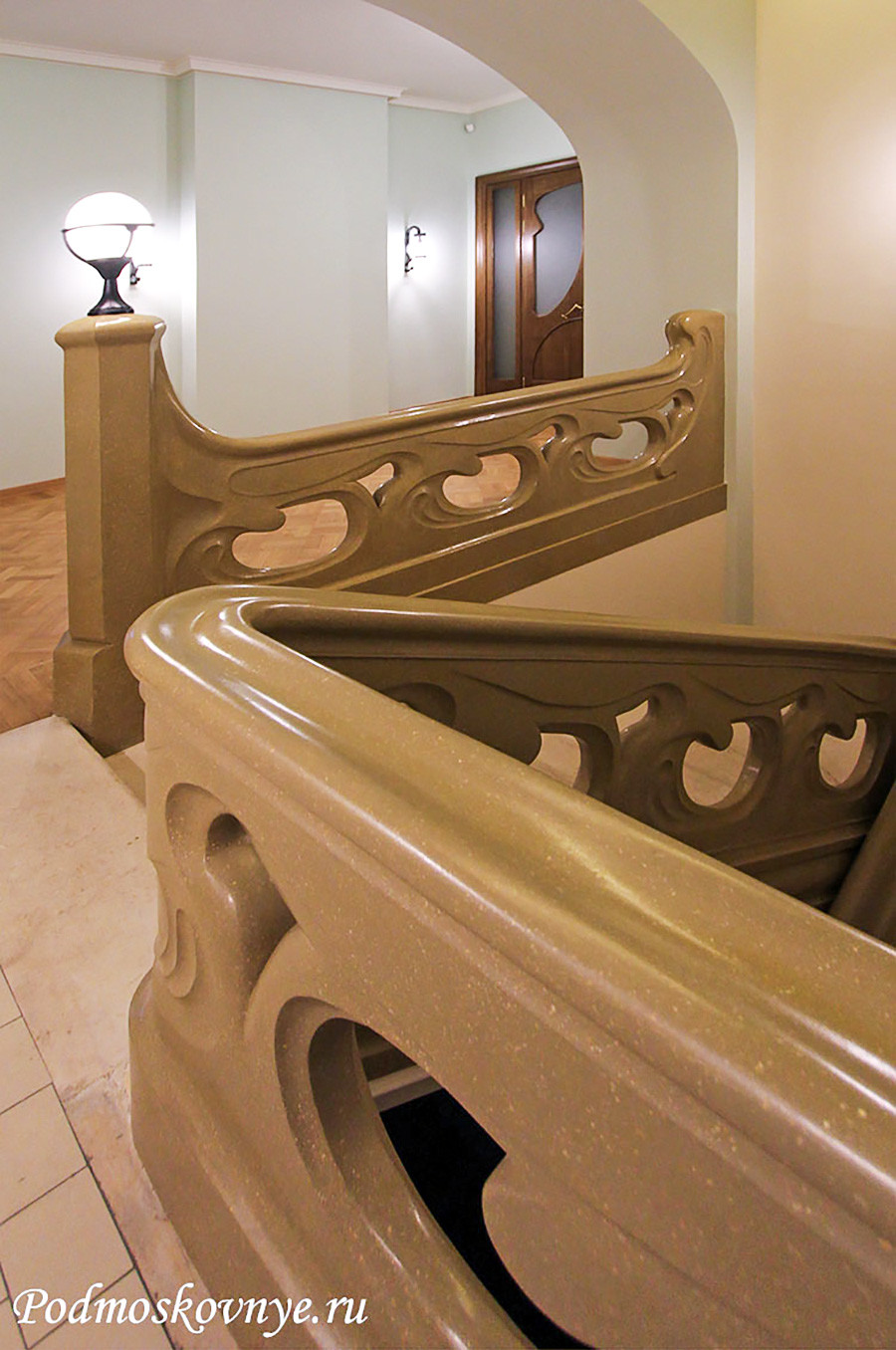
The interior of the Levenson House
Darina Fedorova-Zemlyanskaya2. The Zimins House, Degtyarny Lane, 8/3
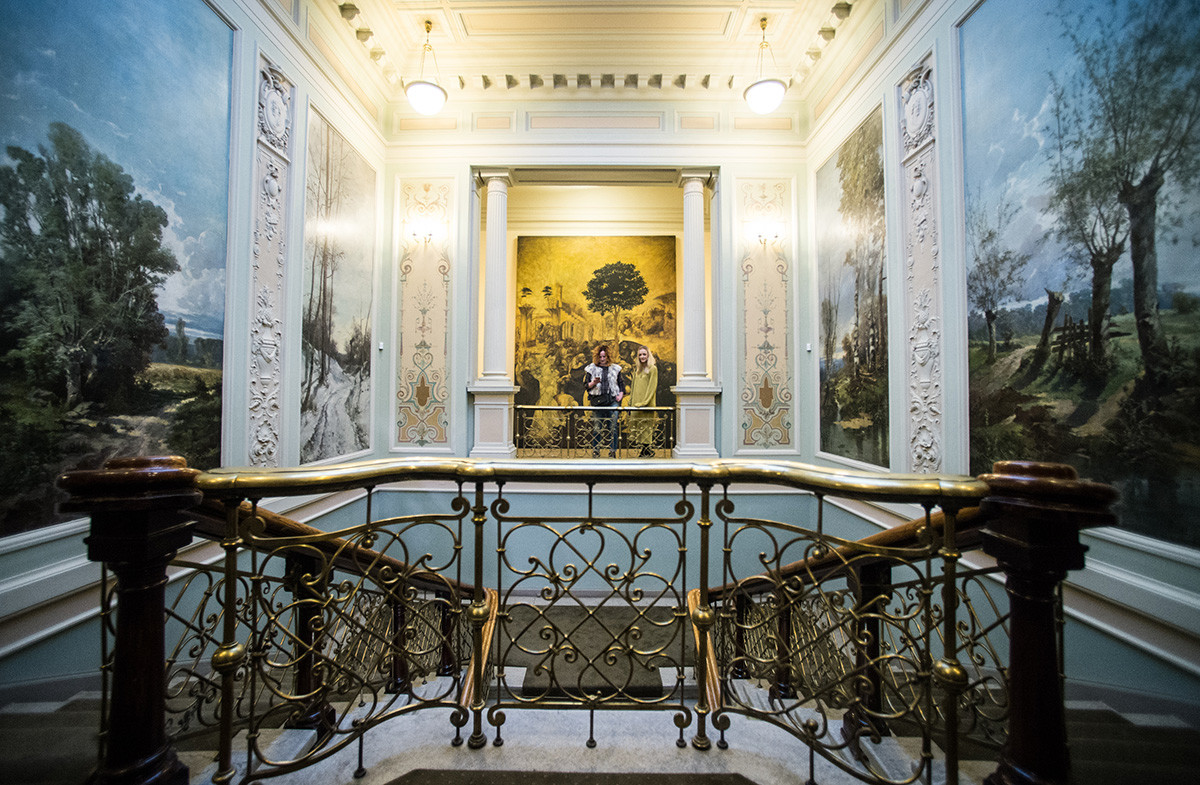
The interior of the Zimins' House
Yevgeniy Biyatov/SputnikWhat seems an ordinary house from the outside is really one of the poshest mansions of 19th century Moscow, built for Nikolay Zimin, a major Russian tobacco trader. Built in 1896 according to the project by Edmund Yuditsky, it still houses the original interior decoration. Russian cinema buffs might recognize it from the movie ‘Brat-2’, directed by Alexey Balabanov.
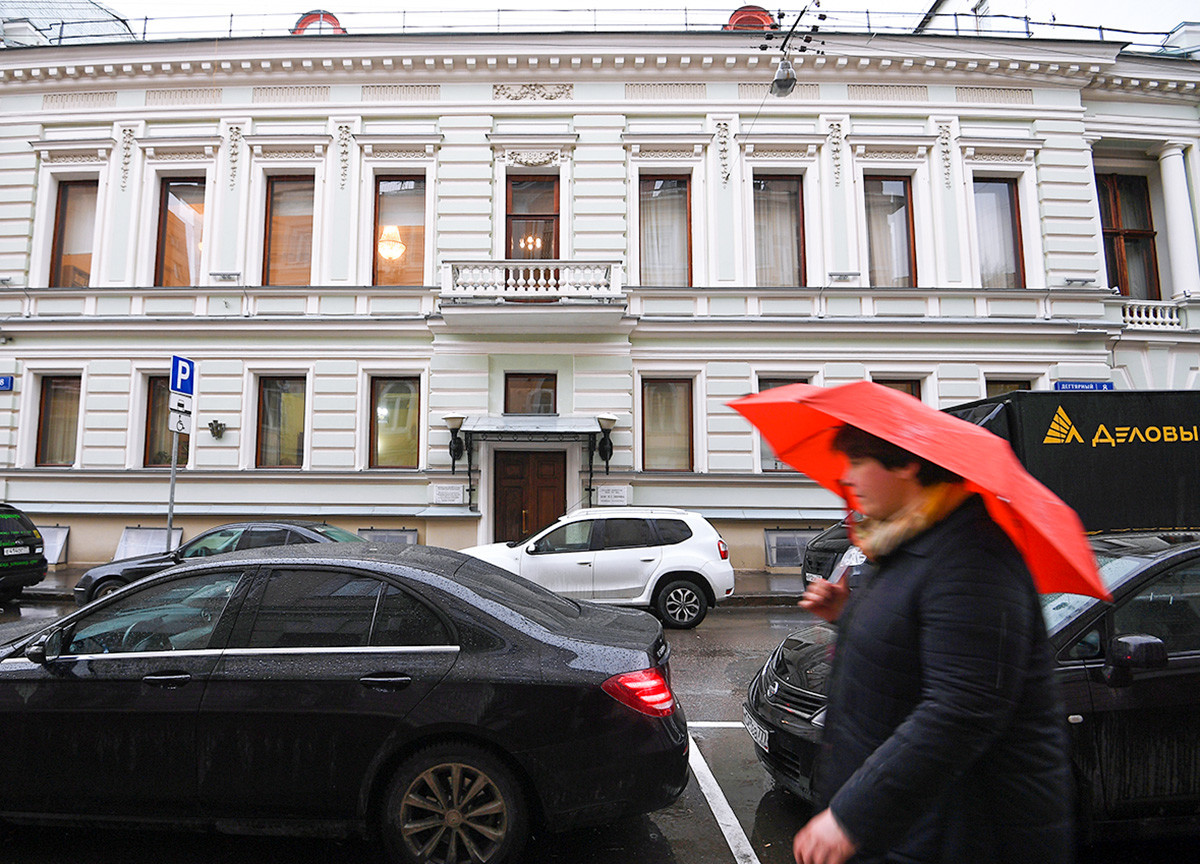
The Zimins' House from the outside
Maxim Blinov/SputnikCurrently, the building houses the Agency for the Management and Use of Historical and Cultural Monuments of the Ministry of Culture of Russia – some of the foremost specialists in heritage preservation in the country.
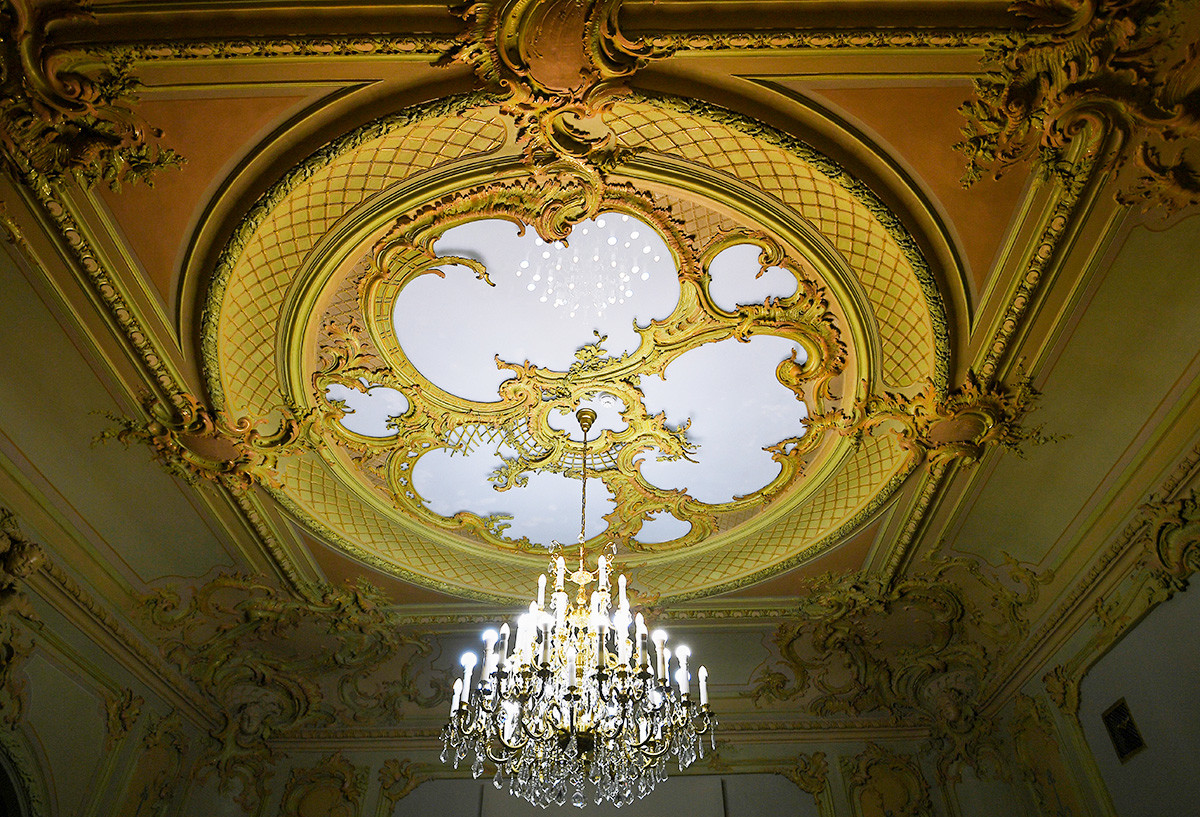
The interior of the Zimins' House
Maxim Blinov/Sputnik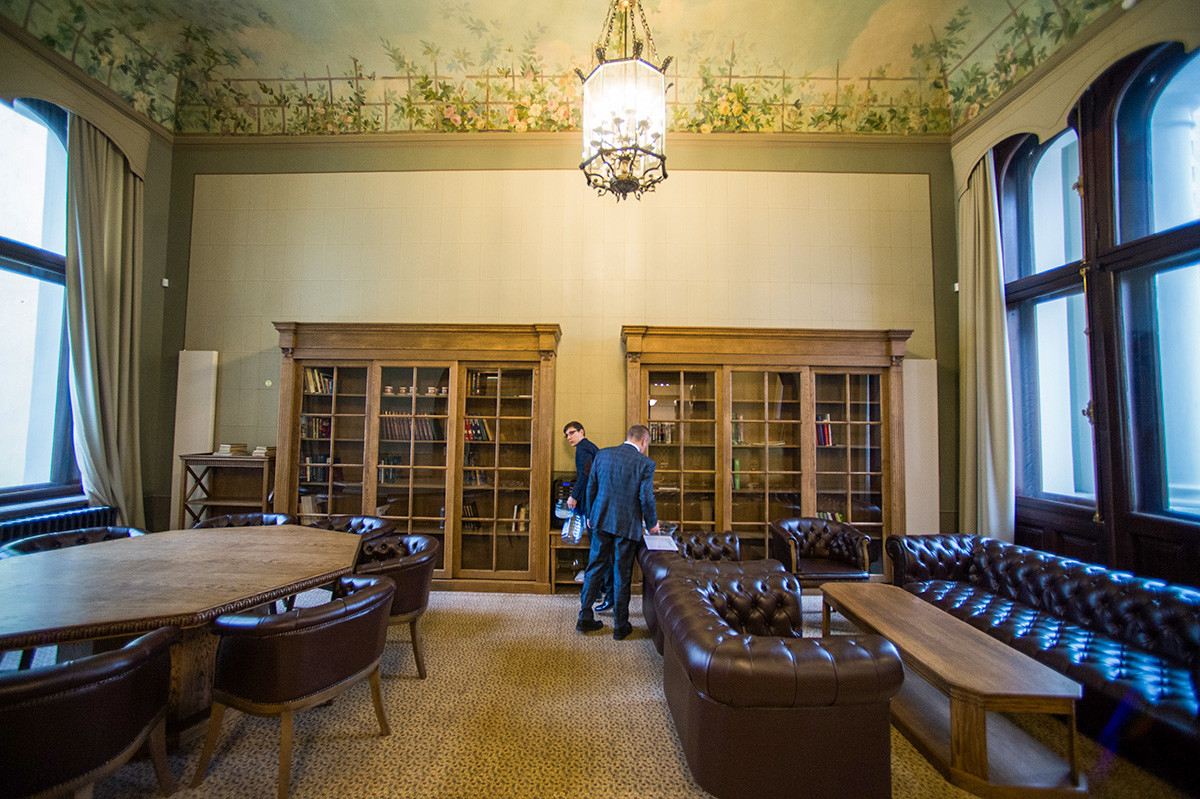
The interior of the Zimins' House
Yevgeniy Biyatov/Sputnik3. The Igumnov House, Bolshaya Yakimanka Street, 43
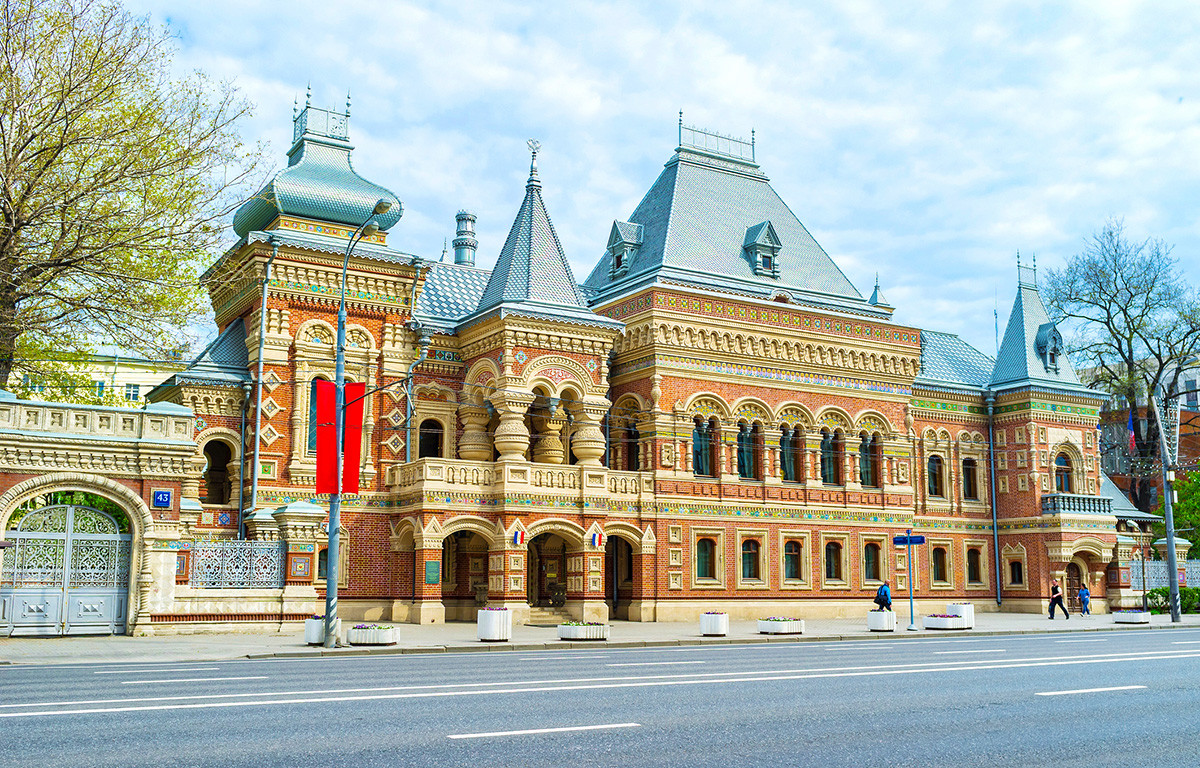
The Igumnov House
Legion MediaThis house looks like a palace right out of a Russian fairytale, but it was actually built in 1895 (designed by architect Nikolay Pozdneev), at the order of Nikolay Igumnov, a textile tycoon from Yaroslavl.
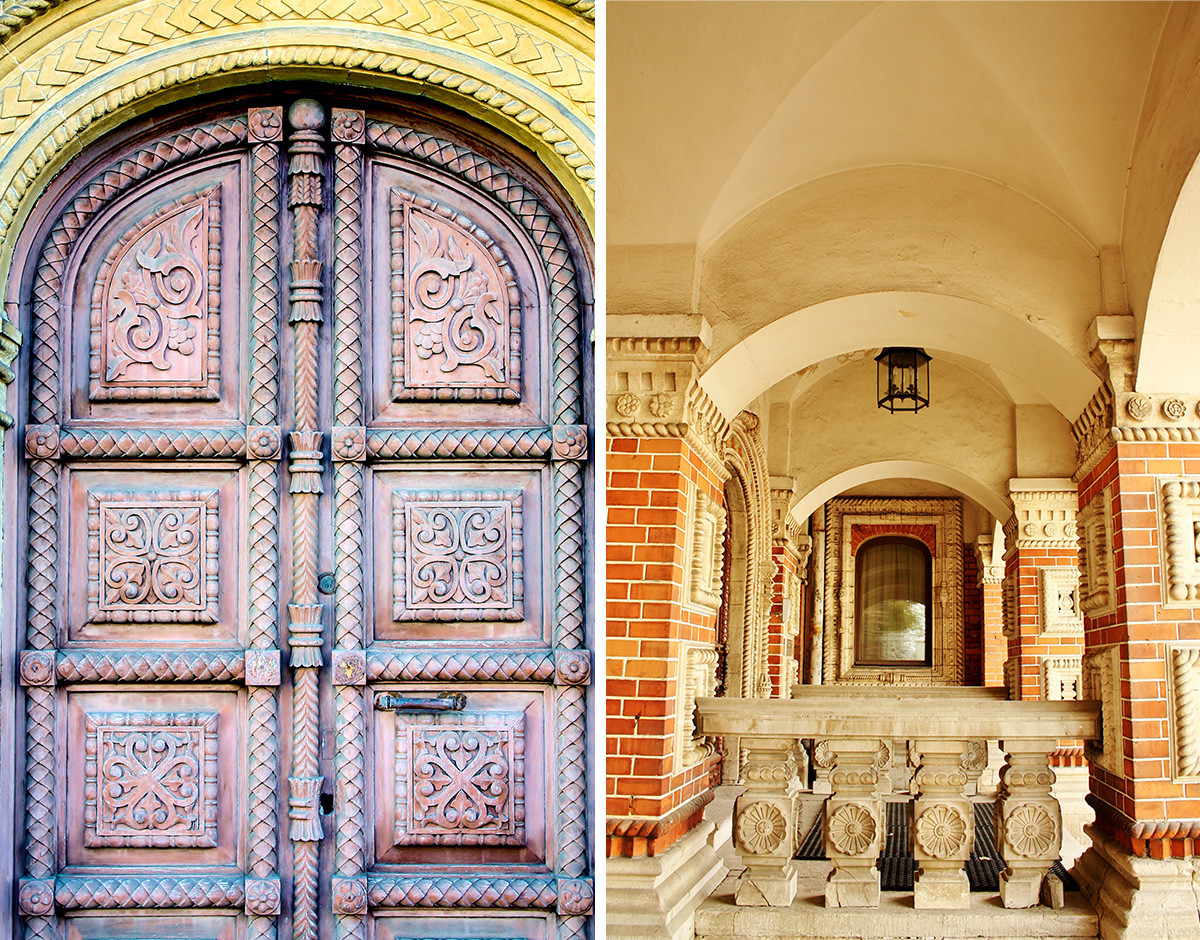
The door and the porch decoration of the Igumnov House
Legion MediaThe bricks were shipped in from the Netherlands, the fascinating porcelain facade tiles made following a special order at the Kuznetsov porcelain factory, the most famous in Russia at the time. The cost of the house was allegedly around 1 million rubles (when 150 rubles was a solid year’s salary). Inside, the 40 rooms of the house were decorated in a variety of styles – from traditional Russian to art nouveau.
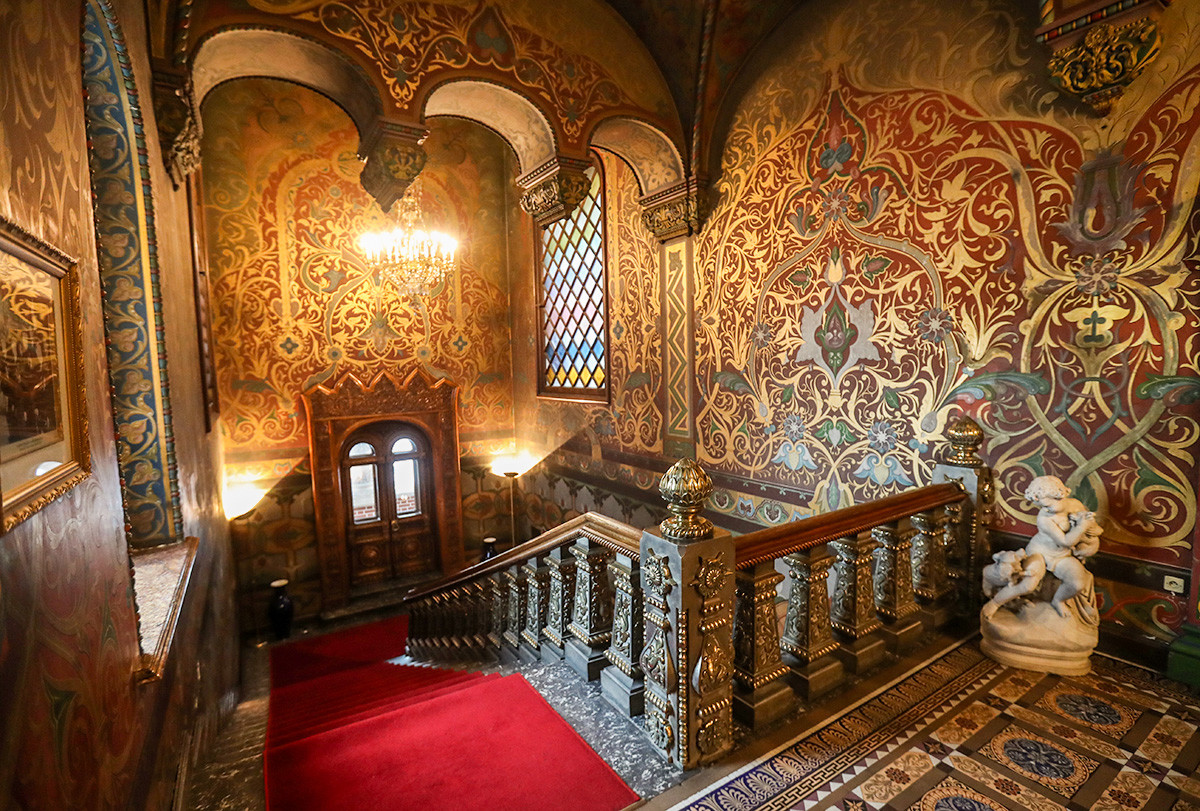
The staircase in the Igumnov House
Vyacheslav Prokofiev/TASSCurrently, the Igumnov House is the residence of the French ambassador to Russia.
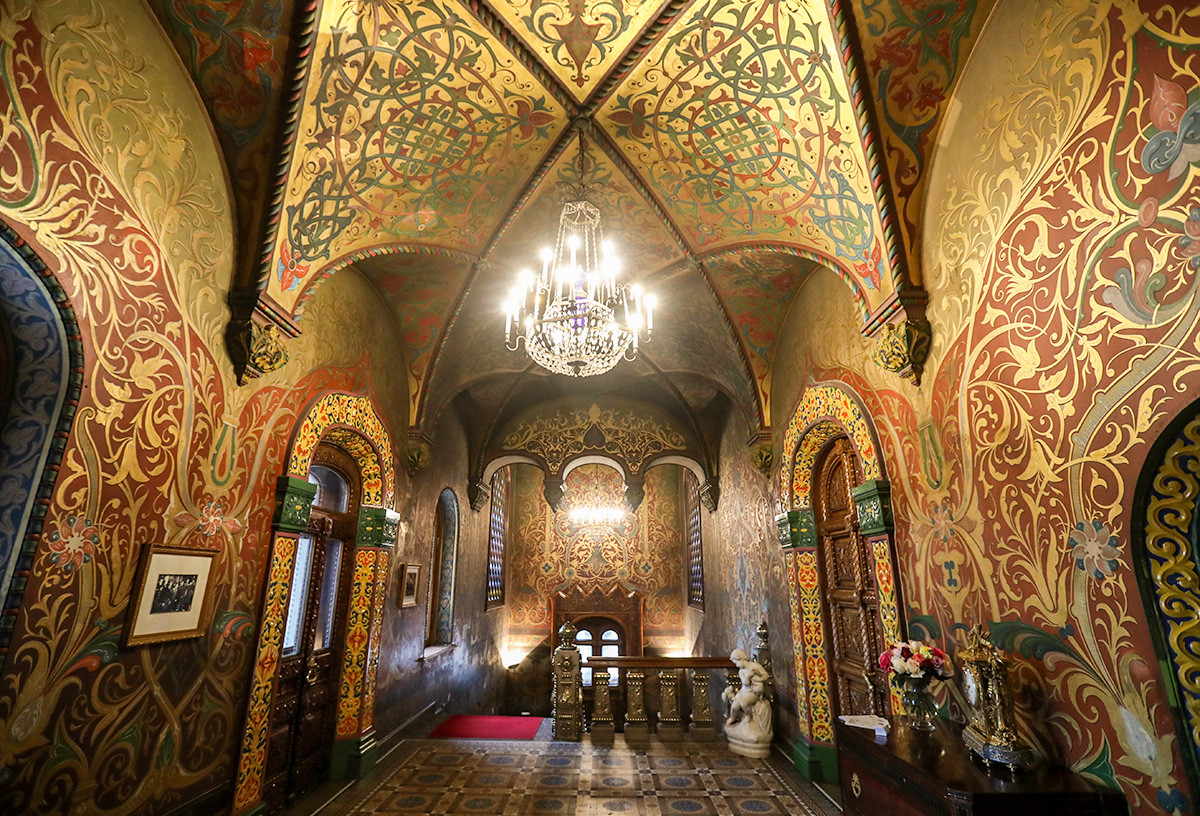
The interior of the Igumnov House
Vyacheslav Prokofiev/TASS4. The Morozova House, Spiridonovka Street, 17
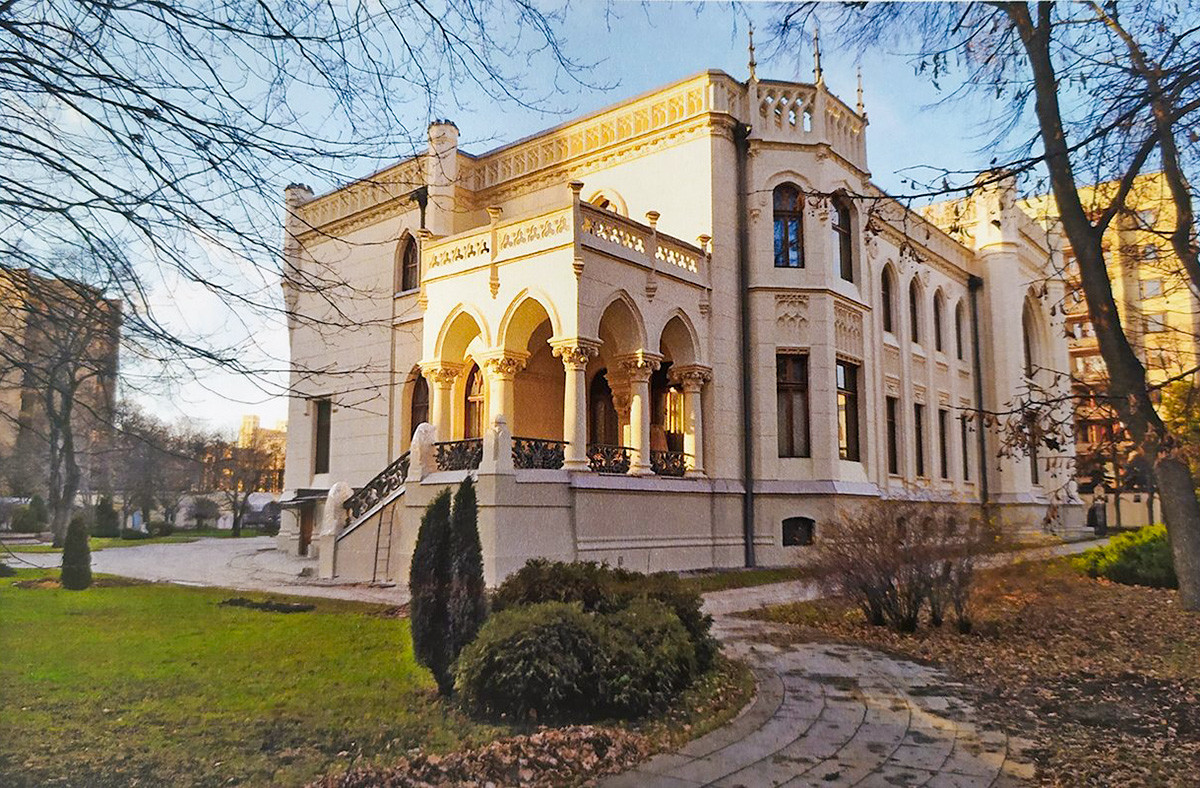
Zinaida Morozova's House
Department of Cultural Heritage of the city of MoscowAnother house by Fyodor Shekhtel, a star of Moscow art nouveau, was commissioned by Zinaida Morozova, the wife of Savva Morozov, a textile tycoon.
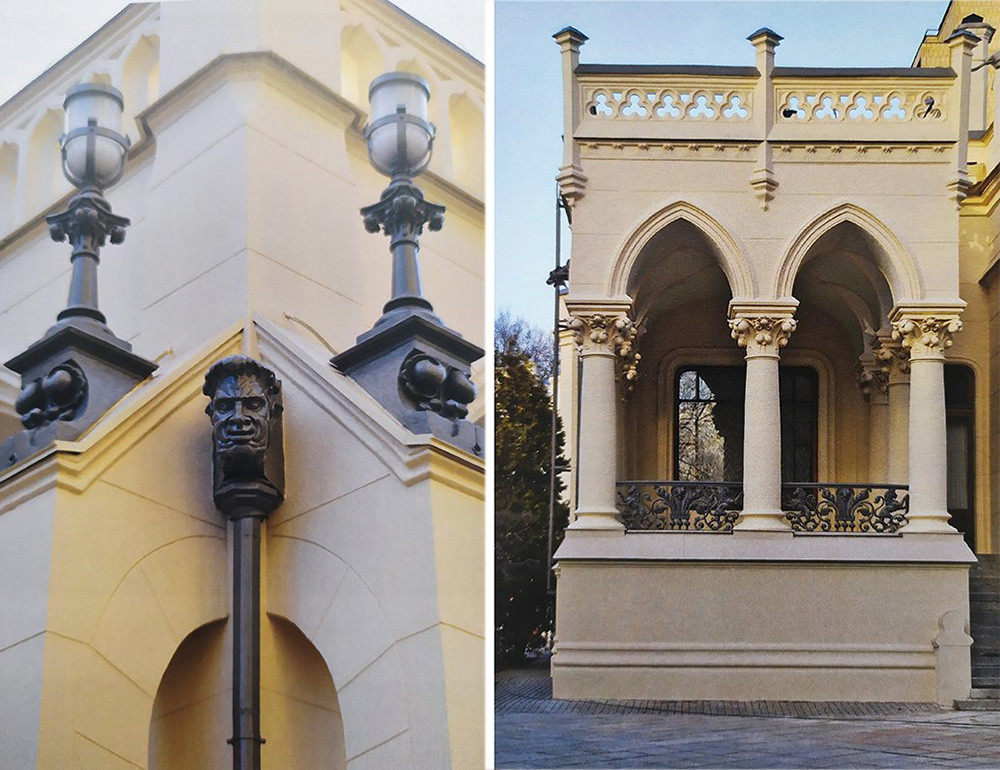
The exterior decorations of Zinaida Morozova's House
Department of Cultural Heritage of the city of MoscowThe interior design was made by a famous painter Mikhail Vrubel, who made several murals inspired by chivalry aesthetics of Medieval Europe, resonating with the neo-gothic style of the house.
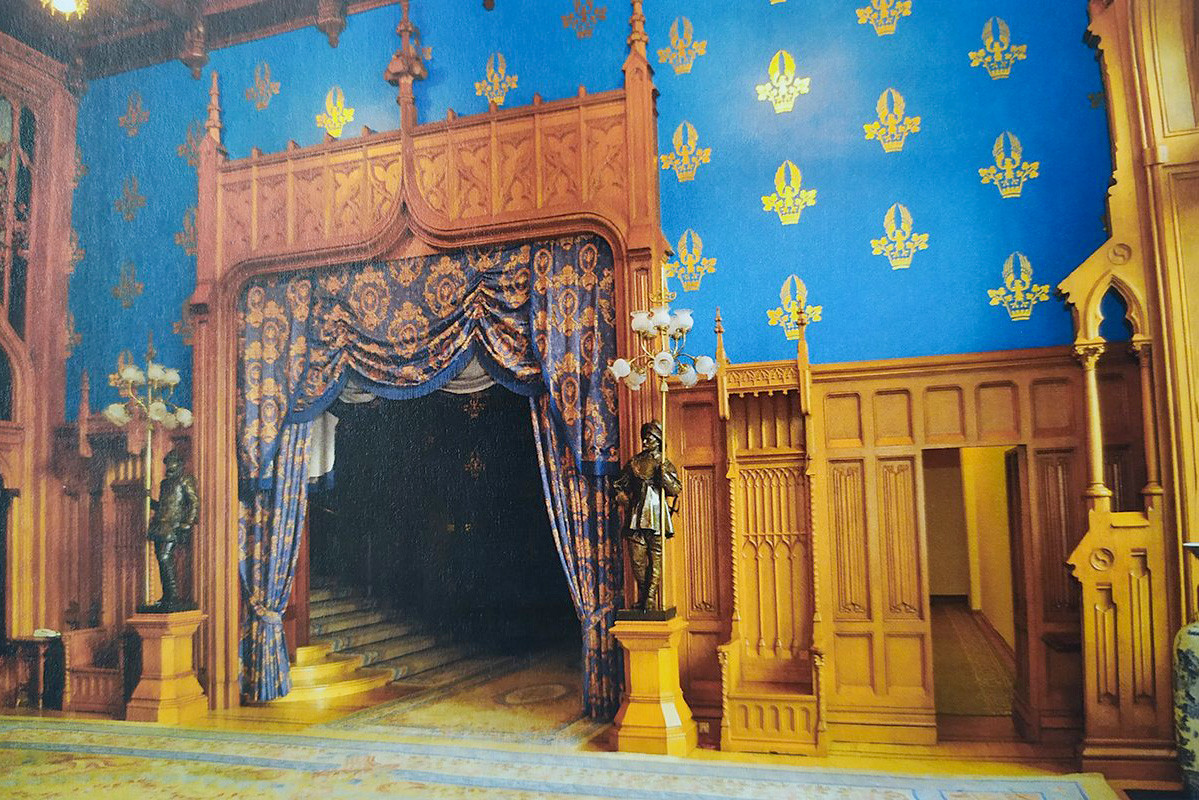
The interior of Zinaida Morozova's House
Department of Cultural Heritage of the city of MoscowIn 1938, the Morozova House became the House of Receptions of the Ministry of Foreign Affairs, which it stays to this day.
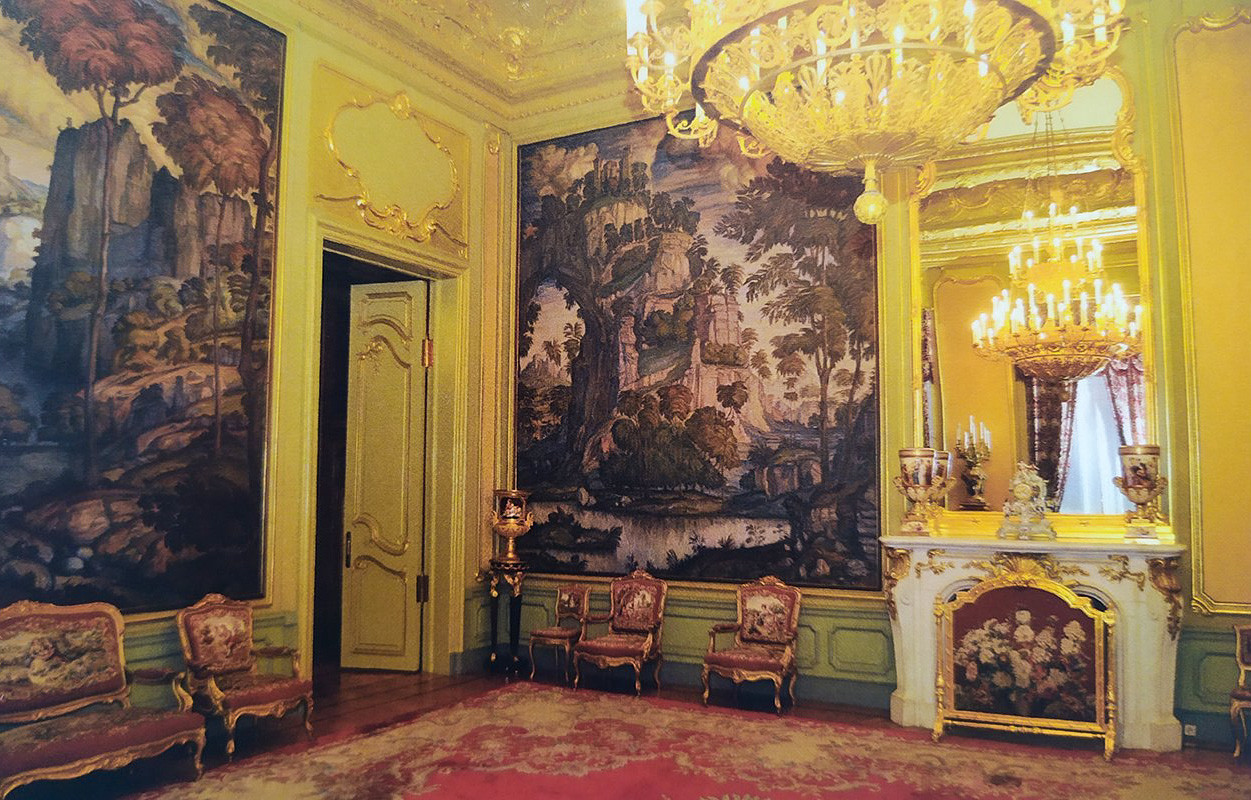
The interior of Zinaida Morozova's House
Department of Cultural Heritage of the city of Moscow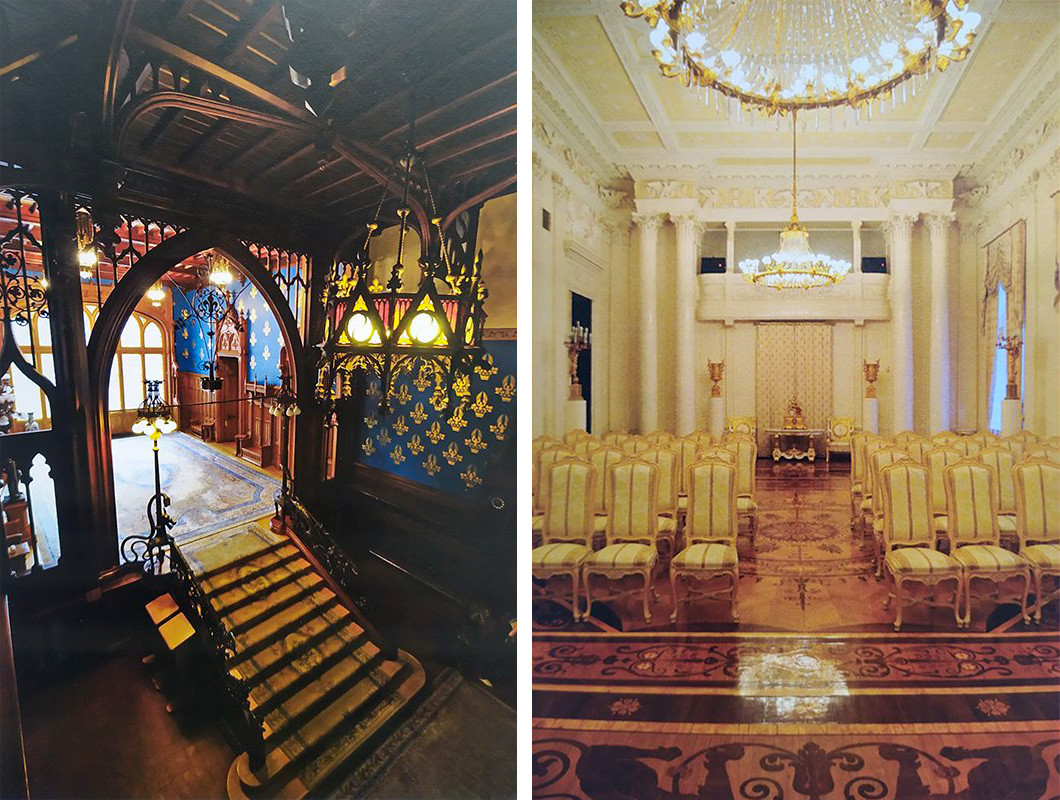
The interior of Zinaida Morozova's House
Department of Cultural Heritage of the city of Moscow5. The Vtorov Mansion (Spaso House), Spasopeskovskaya Square
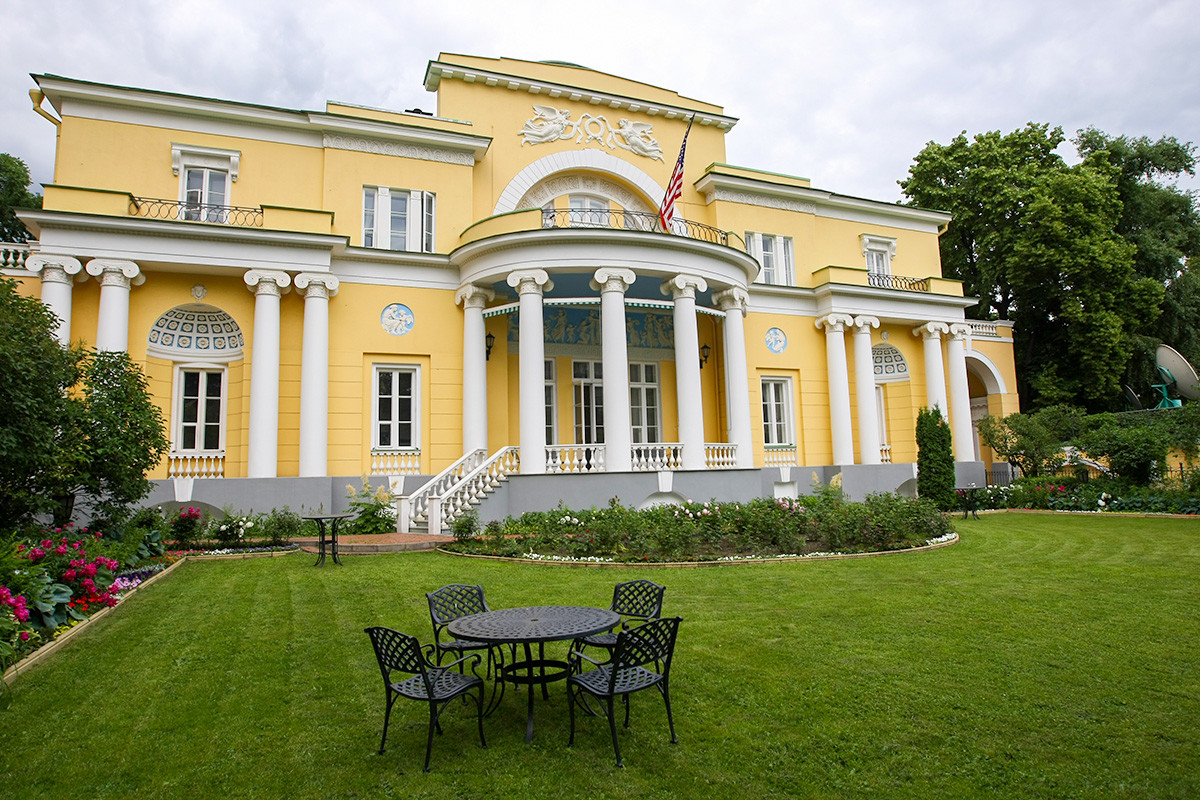
Spaso-House from the outside
Valeriy Yevseyev/U.S. Embassy MoscowThis mansion, commissioned by textile industrialist Nikolay Vtorov, was built in 1913. It takes its English name, Spaso House, from Spasopeskovskaya Square, where it is located. It’s a neo-classical recreation of a classic upper-class city mansion of the 1820s, with palladian windows and a perfectly symmetrical interior plan.

The interior of Spaso-House
moscowwalks.ruVtorov’s family lived in the house for just 4 years before the Revolution, after which the house was expropriated by the new Soviet government to serve as a reception house for the All-Russia Central Executive Committee.
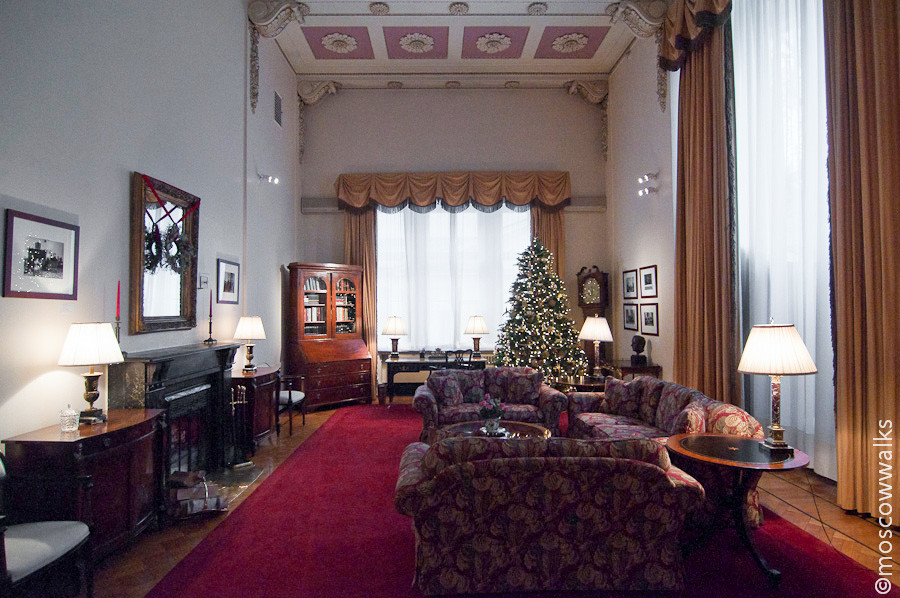
Spaso-House's inner rooms
moscowwalks.ruIn 1933, the house became the residence of William C. Bullitt, the first U.S. Ambassador to the Soviet Union, and has stayed the residence of the U.S. ambassadors ever since. Presidents Dwight Eisenhower, Richard Nixon and Ronald Reagan all stayed there when they visited Moscow.
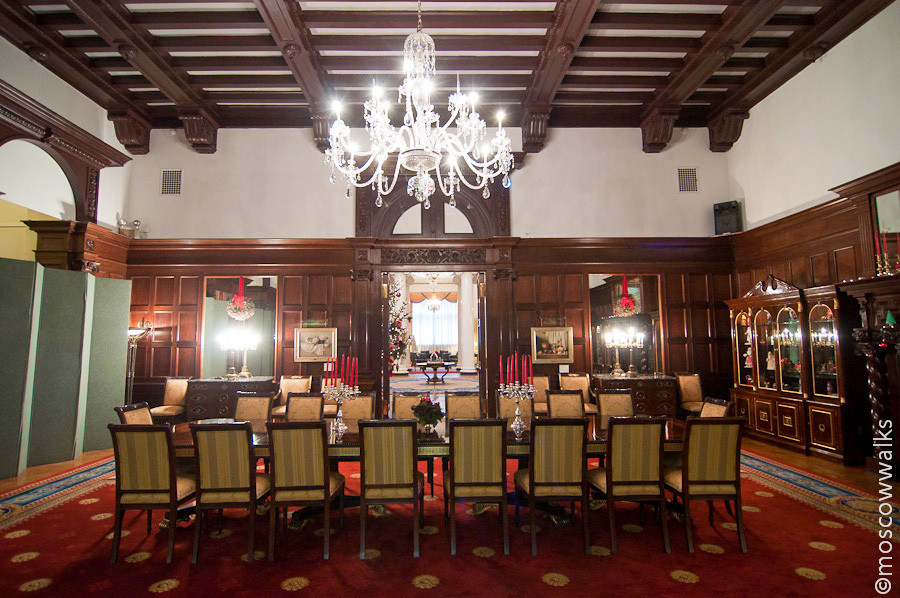
The dining room at Spaso-House
moscowwalks.ru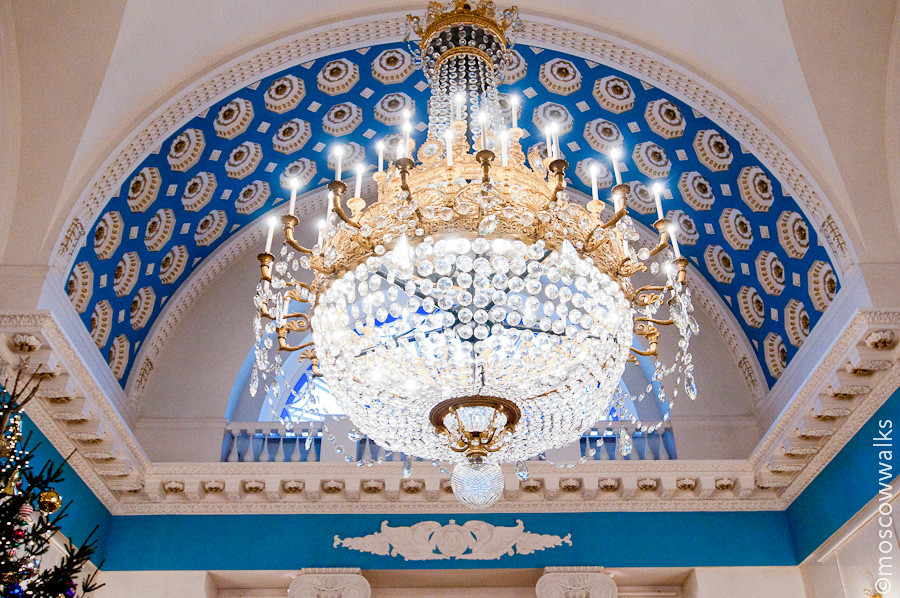
The interior of Spaso-House
moscowwalks.ru6. The Ryabushinsky Mansion, Malaya Nikitskaya Street, 6/2
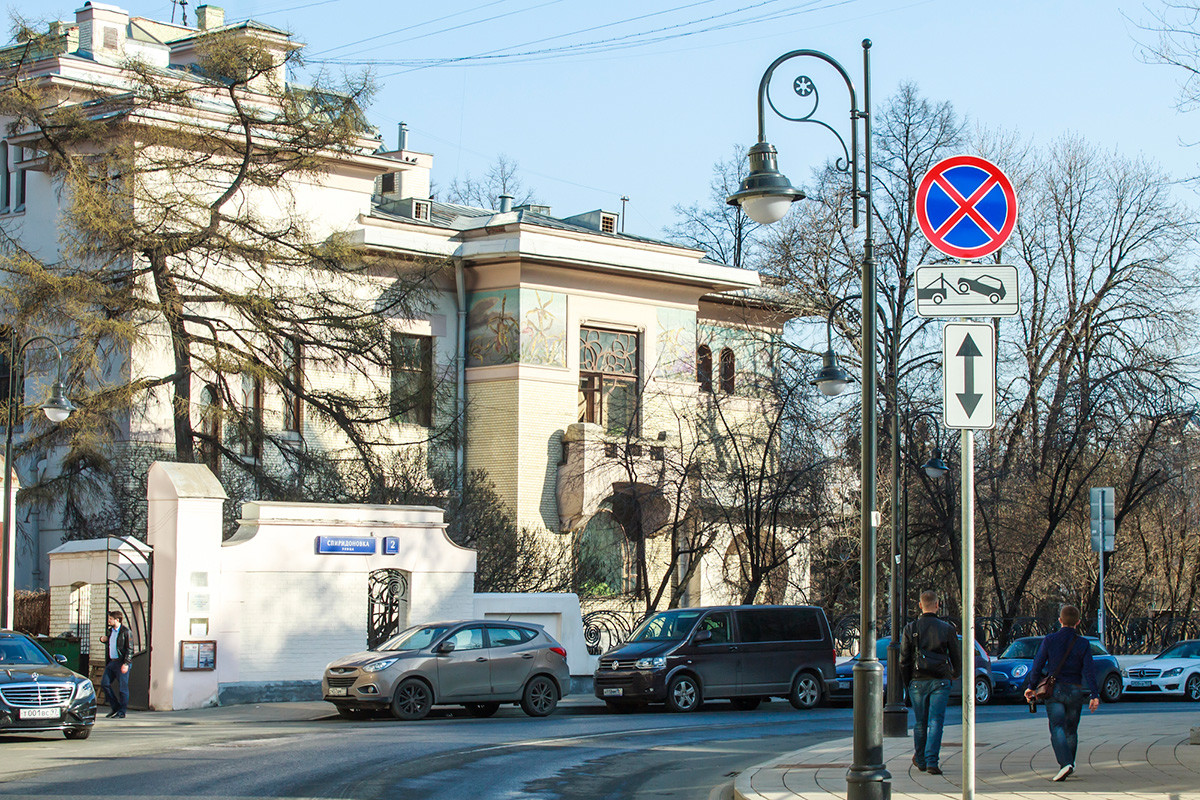
The Ryabushinski Mansion
Legion MediaThis mansion, again built by Fyodor Shekhtel, this time for millionaire Stepan Ryabushinsky in 1900-1902, is probably the architect’s most famous work in Moscow. Apart from all the fascinating art nouveau interior decoration and the famous stairwell with a jellyfish lamp, the mansion also housed a secret chapel – the Ryabushinskis were Old Believers, outlawed in Russia until 1905. “I believe that in the whole of Europe there is no house like this,” Ryabushinski said when examining the newly-built mansion.
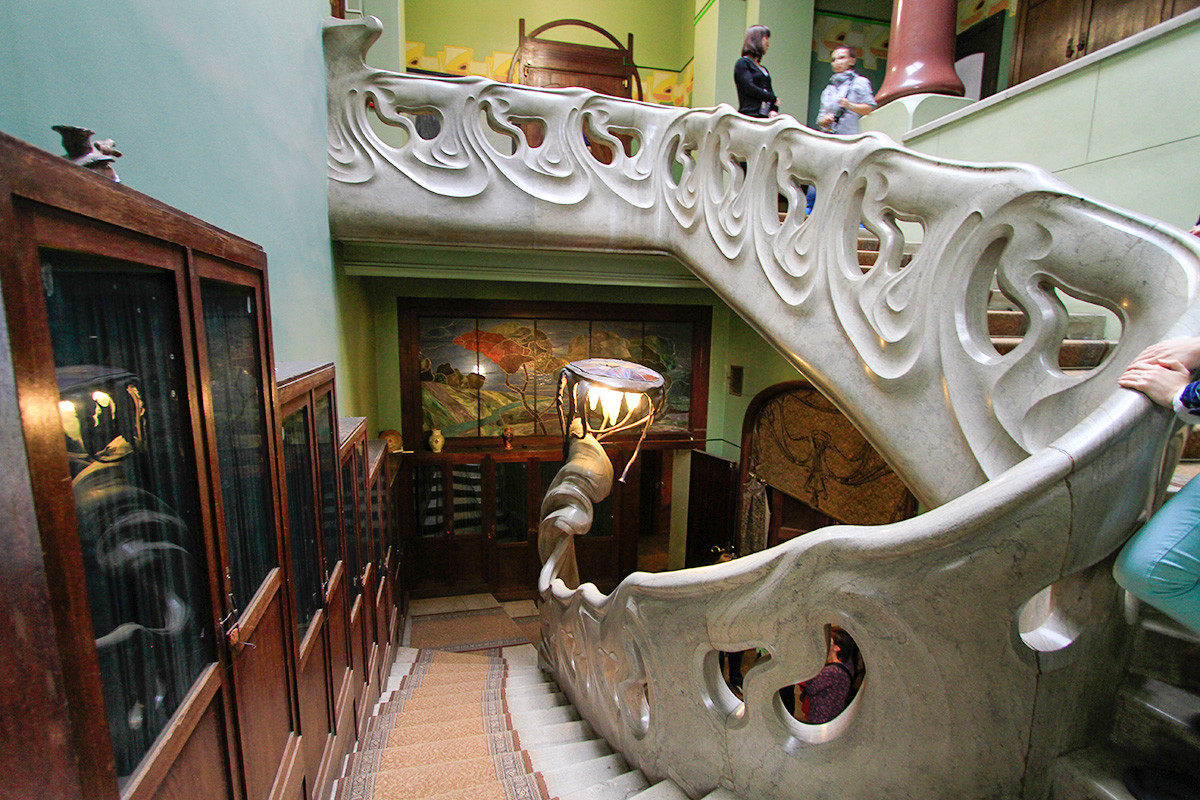
The Ryabushinski Mansion's 'jellyfish' staircase
Shesmax (CC BY-SA 4.0)After 1917, when the Ryabushinsky family fled Russia, the house became the state’s property and, in 1931, writer Maxim Gorky and his family started living there. Gorky didn’t like the mansion at all, calling it “awkward, but fit for working at least”. After Gorky’s death, the mansion became Maxim Gorky’s personal museum, which helped preserve the unique interiors of the house to the present day.
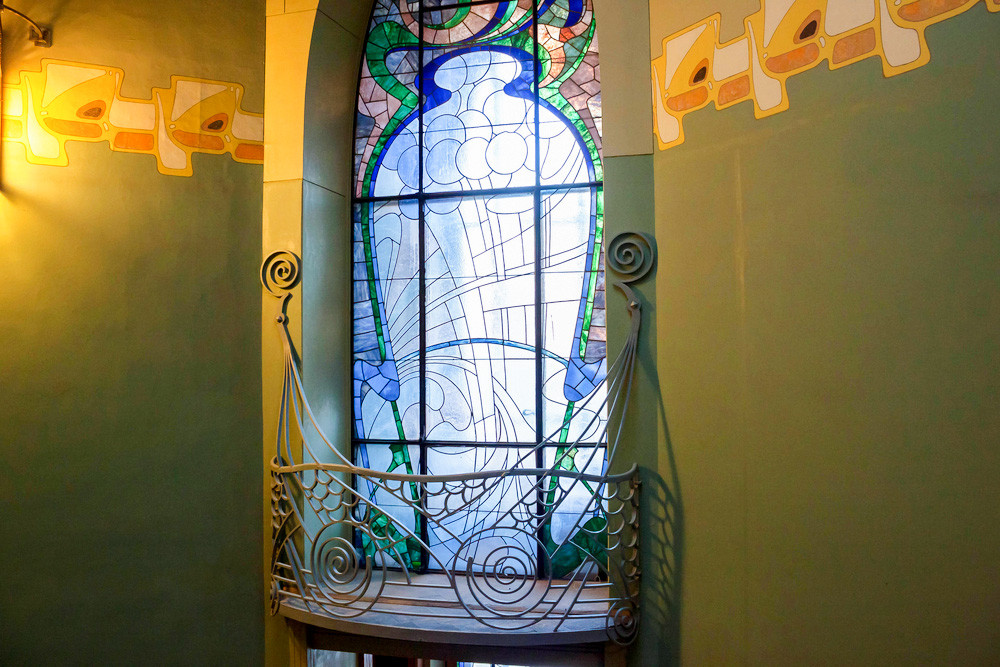
A stained glass window in the Ryabushinski Mansion
Legion Media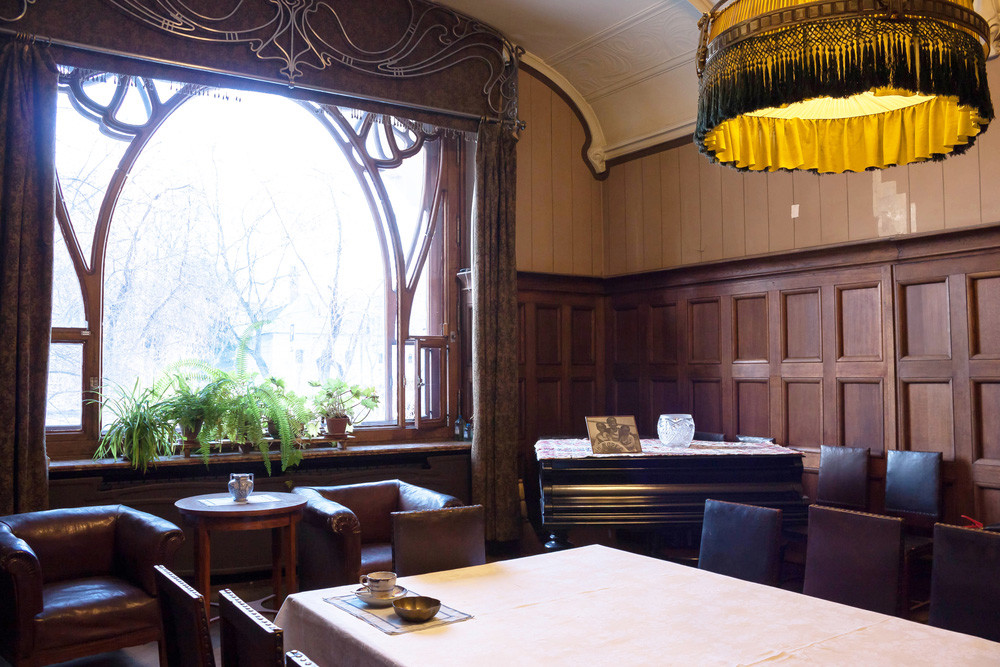
The dining room inside the Ryabushinski Mansion
Legion Media7. The Berg City Mansion, Denezhny Lane, 5/1

Berg city mansion
Mikhail Tereshchenko/TASSConstructed in 1897 by Pyotr Boytsov, the house was commissioned by a businessman named Sergey Berg. It comprises different styles – gothic, baroque and art nouveau. Berg’s mansion was one of the first Moscow homes to have electricity installed – lighting and an electric doorbell. It was here that the first “electric ball” was held.
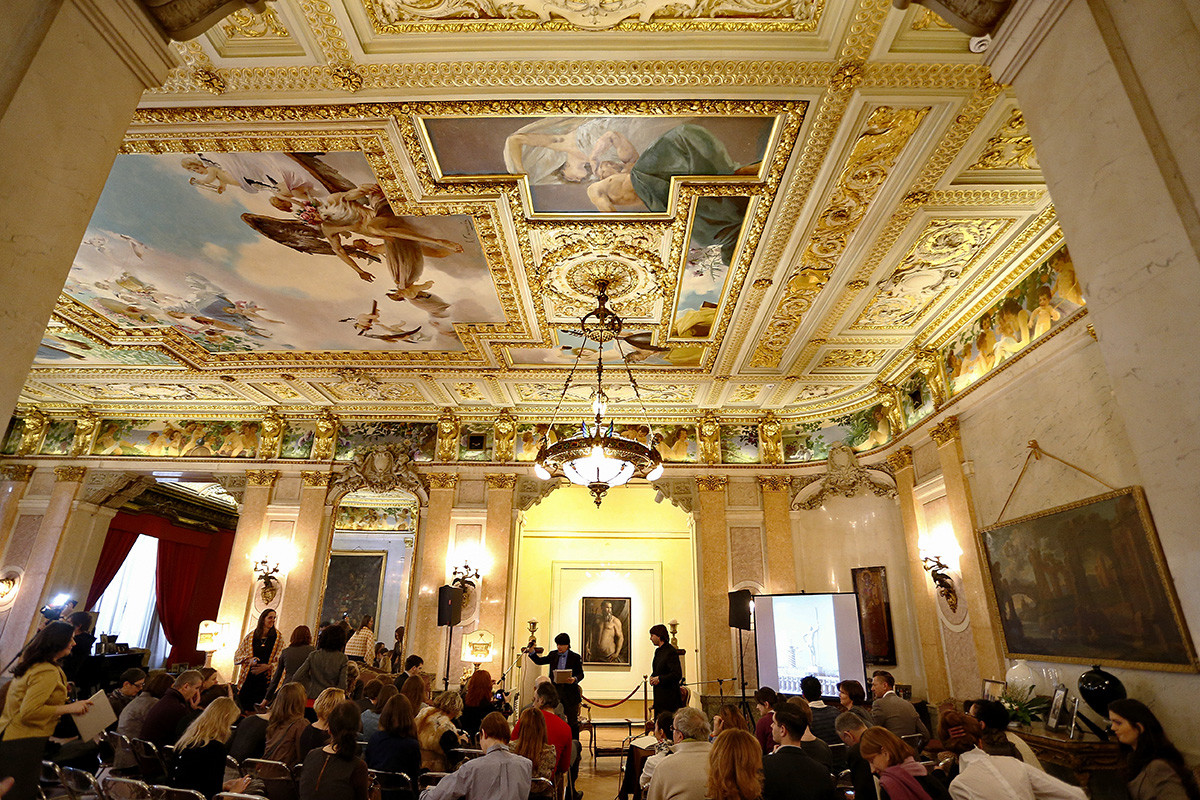
The Berg city mansion from the inside
Valeriy Levitin /SputnikThe house, which had preserved all its original interior decoration, was renovated in 2016. It currently houses the Italian Embassy in Russia.
If using any of Russia Beyond's content, partly or in full, always provide an active hyperlink to the original material.
Subscribe
to our newsletter!
Get the week's best stories straight to your inbox
